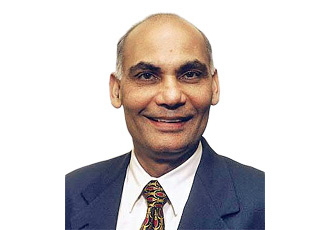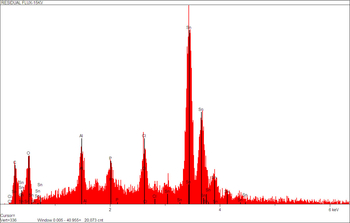Baking and Bagging of PCBs for Lead Free Assemblies
In my audits of various OEMs and EMS companies I generally find that very few companies are following proper handling of moisture sensitive components. Moisture sensitivity concern has been with us since the early days of high volume SMT manufacturing in mid-80s. I chaired the first IPC document on handling of moisture sensitive packages IPC -786. Now that document has been replaced by J-STD-020 and J-STD-033. They deal with handling of moisture sensitive packages including guidelines for baking and bagging in desiccant bags to prevent delamination and cracks in component packages during reflow. All the users have to do is monitor the floor exposure times on the factory floor.
This sounds a very simple procedure but it is rarely followed. In one extreme case I have seen one company bake all moisture sensitive components right after receiving them even though rebaking is allowed once only after allowed exposure time has expired. As if dealing with moisture sensitive components was not enough, now PCBs are also being treated as moisture sensitive since some users have discovered delamination in PCBs during lead free reflow and lead free rework. I have no issue with baking PCBs by users once as is the case with moisture sensitive components but the initial baking and bagging should be done by the PCB suppliers since the root cause of delamination in PCBs during reflow and rework is poor controls on curing and lamination process by the PCB suppliers. Presence of moisture and higher peak reflow temperatures simply compound the problem.
The reason for only one baking of either PCB or components should be done is that baking impacts their solderability. And solderability becomes even more critical since most users are using no clean flux these days. No clean flux is a misnomer since it requires clean and solderable components and PCBs in order to achieve good yield. IPC-1601 is a good place to start for details on baking and bagging of PCBs as are J-STD-020 and JTD-033 for components. If your PCB supplier is not willing to bake and bag PCBs, it may be wise for you to take a conservative approach and bake the PCBs yourself if you are experiencing PCB delamination. You can either bake only the boards that you need for the day's production or bake all the PCBs in which case you will have to bag them in desiccant bags and create your own guidelines for exposure time.
This will require implementation of handling procedures similar to moisture sensitive components. The focus should be on monitoring the exposure time after the bag seal is broken so that you do not have to rebake them again. Rebaking of the PCBs should be avoided since it not only impacts solderability of the surface finish but may even require you to return them to the PCB supplier for reconditioning if they have OSP surface finish- expensive and time consuming steps.
"If your PCB supplier is not willing to bake and bag PCBs, it may be wise for you to take a conservative approach and bake the PCBs yourself if you are experiencing PCB delamination"APPEARANCES: Ray Prasad will be teaching in-depth SMT-BGA-BTC Design and Manufacturing and Lead-free Implementation courses in Portland, Oregon on Oct. 11-13, 2010. He also teaches on-site classes for companies. For details, log on to www.rayprasad.com Ray Prasad is an SMT Editorial Advisory Board member and author of the textbook, Surface Mount Technology: Principles and Practice, and founder of the Ray Prasad Consultancy Group. Contact him at 12945 SW Glen Oak Place Beaverton, OR 97007; (503) 628-1199; Fax: (503) 628-3399; E-mail: smtsolver@rayprasad.com; Website: www.rayprasad.com.

 Registration is Open for SMT Course
Registration is Open for SMT Course
Ray Prasad will be teaching his flagship SMT course:
